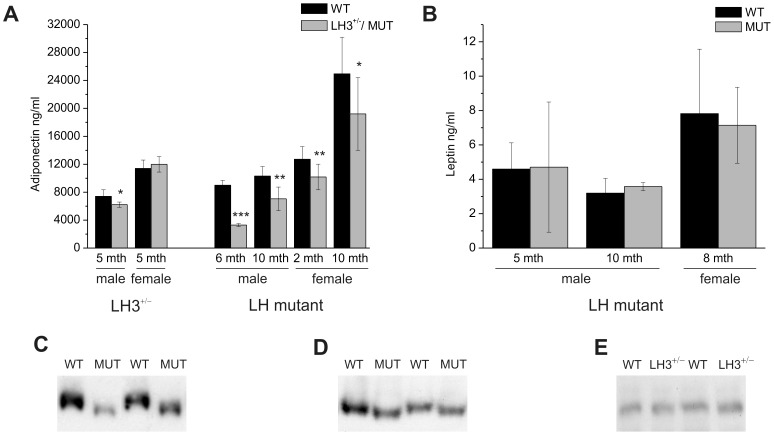Figure 3. Total adiponectin levels in LH mutant mice and heterozygous LH3 knockout mice.
(A) Total adiponectin levels were significantly reduced in the serum of LH mutant mice (MUT), but not in the heterozygous LH3 knockout (LH3+/−) mice. Adiponectin level analyses were done from the serum of the 5 months old male (n = 6 wt, 5 ko+/−) and female (n = 6 wt, 6 ko+/−) LH3+/− mice, and 6 months (n = 6 wt, 5 mut) and 10 months (n = 7 wt, 5 mut) old male, and 2 months (n = 7 wt, 5 mut) and 10 months (n = 9 wt, 7 mut) old female LH mutant mice with ELISA. (B) Total leptin levels were comparable in LH mutant and wild type mice. Leptin analyses were done from the serum of the 5 months (n = 6 wt, 4 mut) and 10 months (n = 4 wt, 3 mut) old male, and 8 months (n = 5 wt, 5 mut) old female LH mutant mice with ELISA. (C) Adiponectin monomers from LH mutant and wild type serum exhibited differences in electrophoretic mobility. In order to evaluate the electrophoretic mobility of adiponectin, different volumes, 5 µl and 10 µl, of diluted (1/300) serum of wild type and LH mutant mice were separated near the end of a 15% SDS-PAGE. (D) The immunoblot analysis of adipose tissue homogenate (41 µg of protein) of wild type and LH mutant male mice did not show differences in the levels of adiponectin monomers, but the electrophoretic mobility of LH mutant adiponectin was clearly increased compared to that of the wild type. (E) In the adipose tissue of LH3+/− mice (50 µg of protein loaded on the gel) no shift in the mobility or in the amount of adiponectin monomers was detected. In immunoblots C, D and E two representative wild type, LH mutant and LH3+/− samples are shown. The values represent the average ± SD of the experiments. P values were calculated using unpaired homoscedastic student t-test with two-tailed distribution. * p<0.05, ** p<0.01, *** p<0.001.

